
|
|
From the Editor - October 2020
For me, the result is a continuation of the hermit-like existence that has been forced upon me by my determination to behave responsibly in reacting to this situation. Given the increasingly clear long term effects of the COVID-19 virus, this is not something that you want to get or give to someone else, added to which the medical support system doesn’t need any more pressure placed upon it. I haven’t been out flying at all since this pandemic started - I’m beginning to forget what a loaded control line handle in one’s mitt feels like! Roll on the day when I can get that feeling again! Thankfully, I’m still able to do some engine testing here at home, although I try to limit such activities to relatively short runs Beginning with the site usage figures which mean so much to me personally, the numbers for September 2020 were quite a bit down from previous months. It seems that the pandemic and the present state of political and sociological turmoil are beginning to take their toll as an increasing number of peoples' priorities understandably swing away from model engines. The total of 399,391 hits for September was well down from the August total of 493,083, as was the number of visits at 3,766. More discouragingly, these visits came from only 1,916 unique visitors, actually quite a bit down from August. These visitors accessed a total of 15,133 pages - another significant drop from August. Oh well, that's still enough interest in what I'm doing to keep me going for now! Despite the COVID-19 pandemic and other distractions, a fair number of people are clearly still very much engaged with our hobby, and the mail box has remained quite active. I heard from a good few of you during September, including (in no particular order) Tom Coletta, Luis Petersen, Peter Rathke, Dave Jones, Hugh Blowers, Peter Valicek, Maris Dislers, Kevin Richards, Ken Croft, Steve Thomas, Mike Rhemus, Allan Brown, Ken Maier, Brian Cox, Ben Smith, Dave Causer, Steve Archambault, Paul Venne, Bill Longley, Tim Dannels, Jesus Ortega Delgado, Randy Brown, Howard Burleigh, Alan Rose, Andrew Boddington, Chris Ottewell and Chris Coote. Apologies to anyone whom I may have inadvertently missed in the crowd! The blog site has also continued to justify its existence by generating a small but steady flow of relevant traffic - thanks for that.
Thankfully, Chris Coote of Bristol, England settled any doubts in 1996 by actually exceeding the Taplin's claim with a mark of 96.72 mph using a Comp Special, flying to the old rules under which the Taplins established their figure. Those rules allowed unlimited continuous whipping on the 331/2 foot lines, without which neither the Taplins nor Chris would have got near the speeds that they did. Chris's full report appeared in the April 1997 issue of "AeroModeller" magazine. Of greater interest to me was the fact that Chris's "Taplin Challenger" (an old converted FAI team racer) could manage a speed of 75 mph without whipping! This set me off on an analysis of the kind of power that Chris's Comp Special had to be developing to manage that speed. The findings were of great interest, and I've been working with Chris on an article for "AeroModeller" in which the quite unexpected results of our joint deliberations will be revealed. This is a typical article of the kind that you'll find every month in this fine magazine. If you aren't a subscriber, you're missing out - not all of my writing appears on this website, and my mate Maris Dislers is a regular contributor on engine topics!
Dave has authorized me to advertise the fact that he is willing to accept commissions to undertake other restoration work, charging what he feels to be a fair and appropriate price. If you have an engine requiring the expert attention of a superbly well-qualified model engineer, contact Dave directly at DJME@dodo.com.au to discuss the matter. I guarantee that you won’t be going far wrong!
Although generally quite competently made, the engine required a fair bit of intervention from Dave to resolve a number of design and construction issues. The general impression was that it may well have been a home-build by someone who was still getting to grips with the challenges involved in producing a functional diesel, although his foundry skills were top drawer! Once sorted, the engine started and ran beautifully, although not with a great deal of power for its displacement. I have looked long and hard, but cannot find any indication regarding who might have been responsible for this unit. Can any reader do better? If so, please get in touch!
Turning now to this month’s lead article, I felt that it was about time that we headed back to early post-WW2 England to examine another of my beloved diesels from that very dynamic period in the development of the model diesel. So this month I'm making a return to my teenage stomping grounds by looking at an almost forgotten British model engine with an unexpectedly interesting and unusual story. I've undertaken a detailed review of the very rare E.P.C. Moth 0.85 cc diesel of 1950, an engine whose origins turn out to be far more complex than has generally been assumed.
I never expected to be in a position to write about the Moth with any authority. It was only the kindness and cooperation of a few good friends like Maris Dislers, Kevin Richards and in particular Miles Patience that has placed me in a position to throw some light upon the unexpectedly interesting story of the E.P.C. Moth. Such assistance is appreciated more than I can say - I can't keep this website growing on my own!
This is a pity, because Maurice Delbrel was a highly creative individual with a marked ability to think “outside the box”. Along the way he produced a series of excellent diesels in various displacements as well as two different twin-cylinder diesels and a unique multi-ignition model which could be operated either as a variable compression diesel or as a glow-plug unit without alteration. His work richly deserves to be more widely appreciated, hence next month’s lead article. A full test of his excellent 3.5 cc sideport diesel of mid 1946 will occupy a significant section of this article. I think that about does it for this edition. All being well, I'll be back to you with another issue on or about November 1st, 2020. Meanwhile, please accept my continuing best wishes for making it safely through the present pandemic situation. The heady aroma of diesel fumes, sparkie smoke or burning nitro may be a bit more challenging to experience at this time, but I hope that at least some of you find an opportunity to get your fixes! Take care and stay well - pay attention to the doctors and scientists rather than the politicians and their uninformed supporters!! Cheers, Adrian Duncan British Columbia, Canada ___________________________________ Note regarding material to be found on this site - unless specifically otherwise noted, all images and text which appear on this site are my own work, and I hereby assert my right to be recognized as the originator of this material. For the record, this material is made freely available to all upon two firm conditions:
Adrian C. Duncan British Columbia, Canada
|
| |
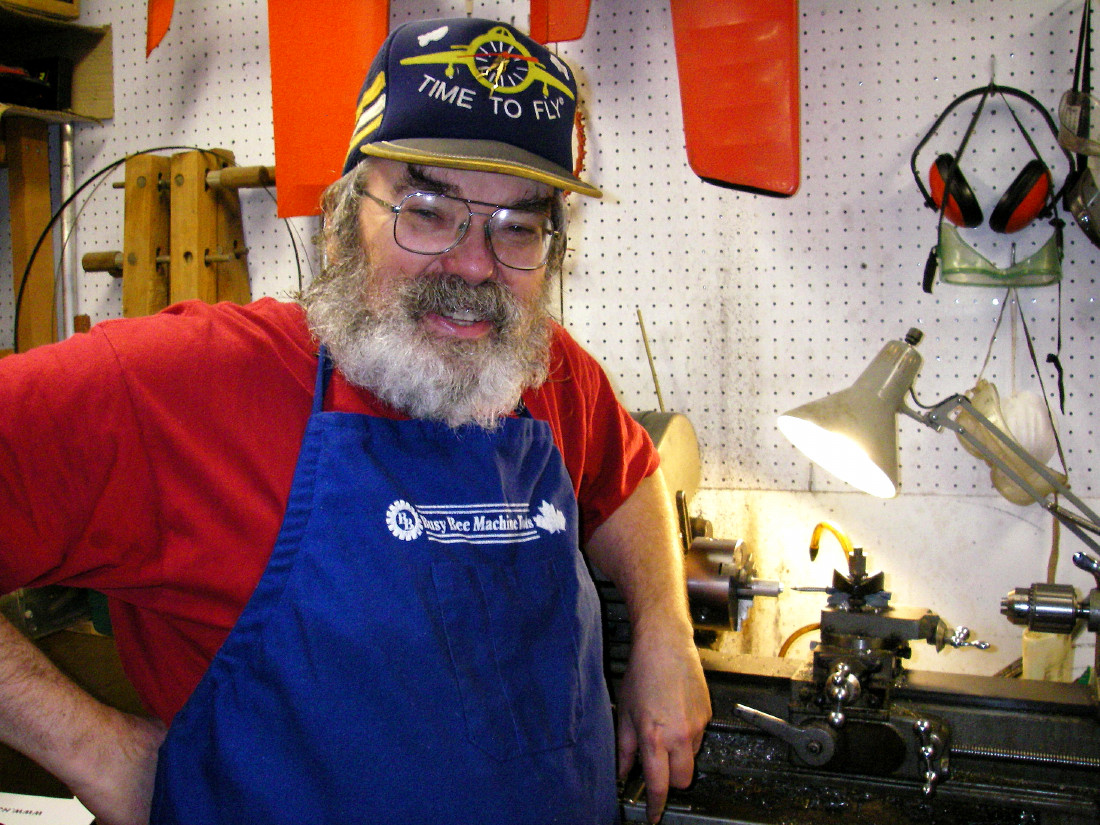 Well, here we are at October 2020 in what is definitely turning out to be a year to forget. The COVID pandemic shows no signs of any relaxation - in fact, it’s making a strong resurgence in many areas as the kids go back to school and more people are showing themselves willing to risk their health and that of others by ignoring basic safety precautions.
Well, here we are at October 2020 in what is definitely turning out to be a year to forget. The COVID pandemic shows no signs of any relaxation - in fact, it’s making a strong resurgence in many areas as the kids go back to school and more people are showing themselves willing to risk their health and that of others by ignoring basic safety precautions. 
 Some of you who know a little about
Some of you who know a little about  I’ve previously mentioned the name of Dave Jones of Hervey Bay, Queensland, Australia in these pages. I reported receiving an example of his lovely 0.24 cc
I’ve previously mentioned the name of Dave Jones of Hervey Bay, Queensland, Australia in these pages. I reported receiving an example of his lovely 0.24 cc 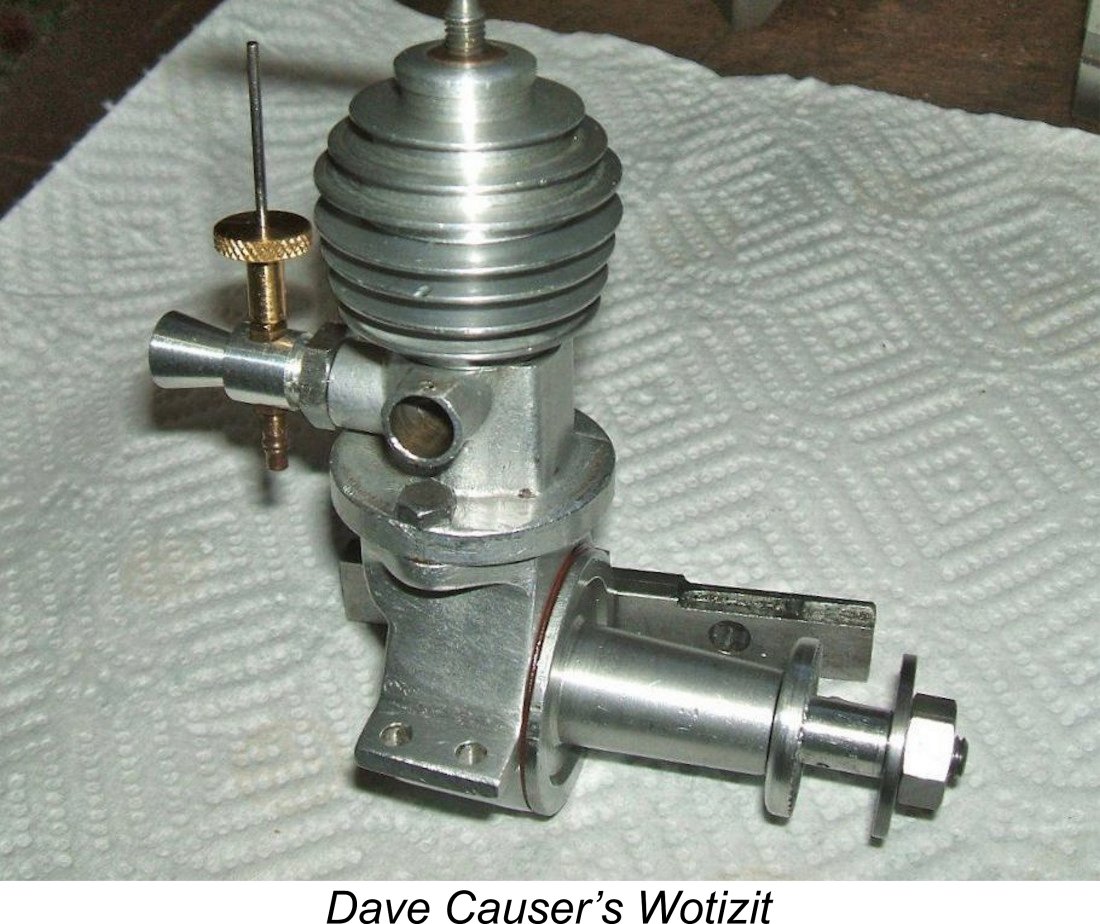 It’s been quite a while since I added a new engine to the
It’s been quite a while since I added a new engine to the 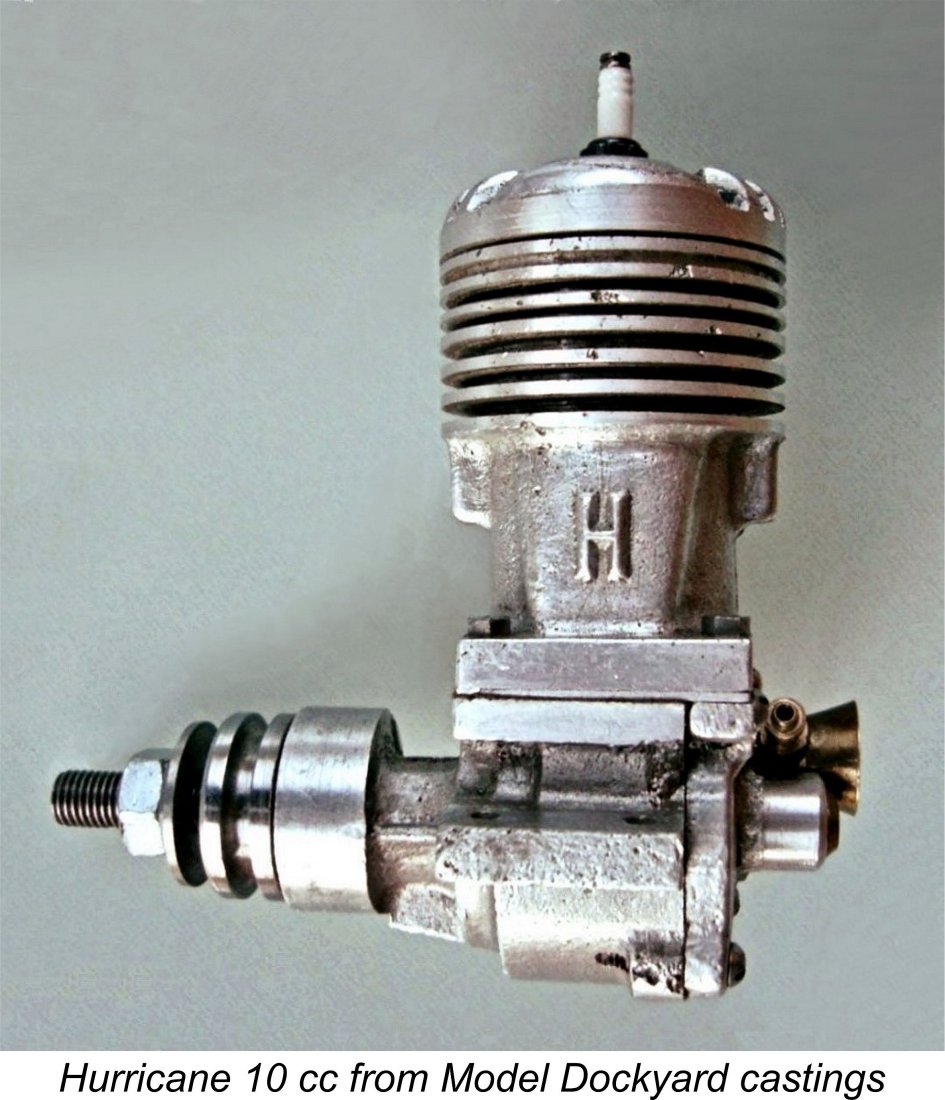 Once again I have to report a change to an article which was previously published on this website. I’ve added another engine to the final section of last month’s lead article on the
Once again I have to report a change to an article which was previously published on this website. I’ve added another engine to the final section of last month’s lead article on the 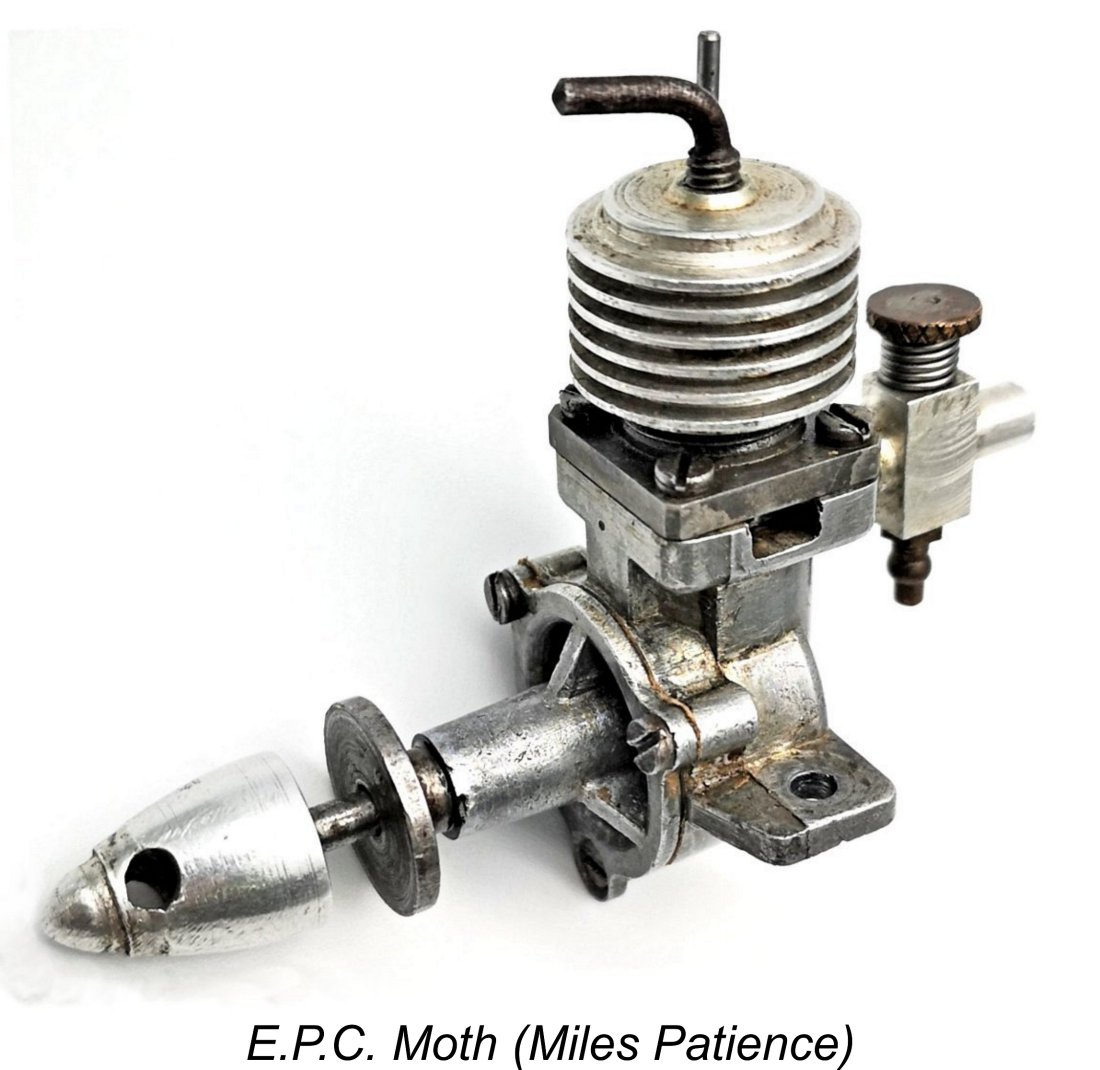 The Moth made a very brief appearance on the market in early to mid 1951. However, it turns out that the 1951 marketing phase was more or less a postscript to the engine's history, which actually traced its beginning back to late 1949. Despite an extremely low price which undercut all of its contemporary competitors, the engine failed to make any impression on the market, apparently being withdrawn by mid 1951. There were some good reasons for this, as you'll learn in this month’s lead article! It's very doubtful that the number entering circulation reached triple figures. The engine is extremely rare today.
The Moth made a very brief appearance on the market in early to mid 1951. However, it turns out that the 1951 marketing phase was more or less a postscript to the engine's history, which actually traced its beginning back to late 1949. Despite an extremely low price which undercut all of its contemporary competitors, the engine failed to make any impression on the market, apparently being withdrawn by mid 1951. There were some good reasons for this, as you'll learn in this month’s lead article! It's very doubtful that the number entering circulation reached triple figures. The engine is extremely rare today.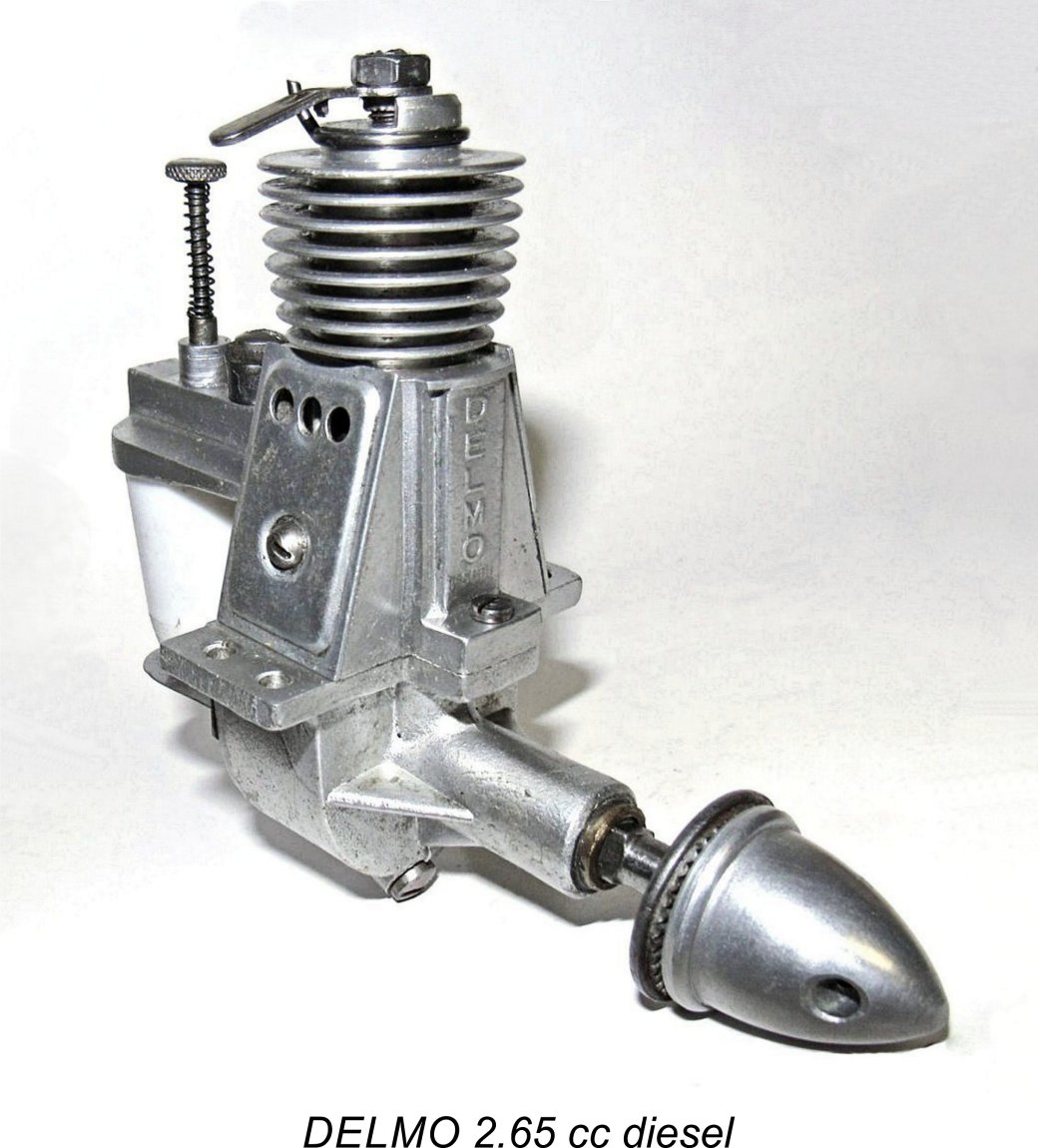 For next month, I plan to take us back to the Continent once more to look at a high-quality range of early post WW2 model engines from Paris, France. I’ll be examining the
For next month, I plan to take us back to the Continent once more to look at a high-quality range of early post WW2 model engines from Paris, France. I’ll be examining the